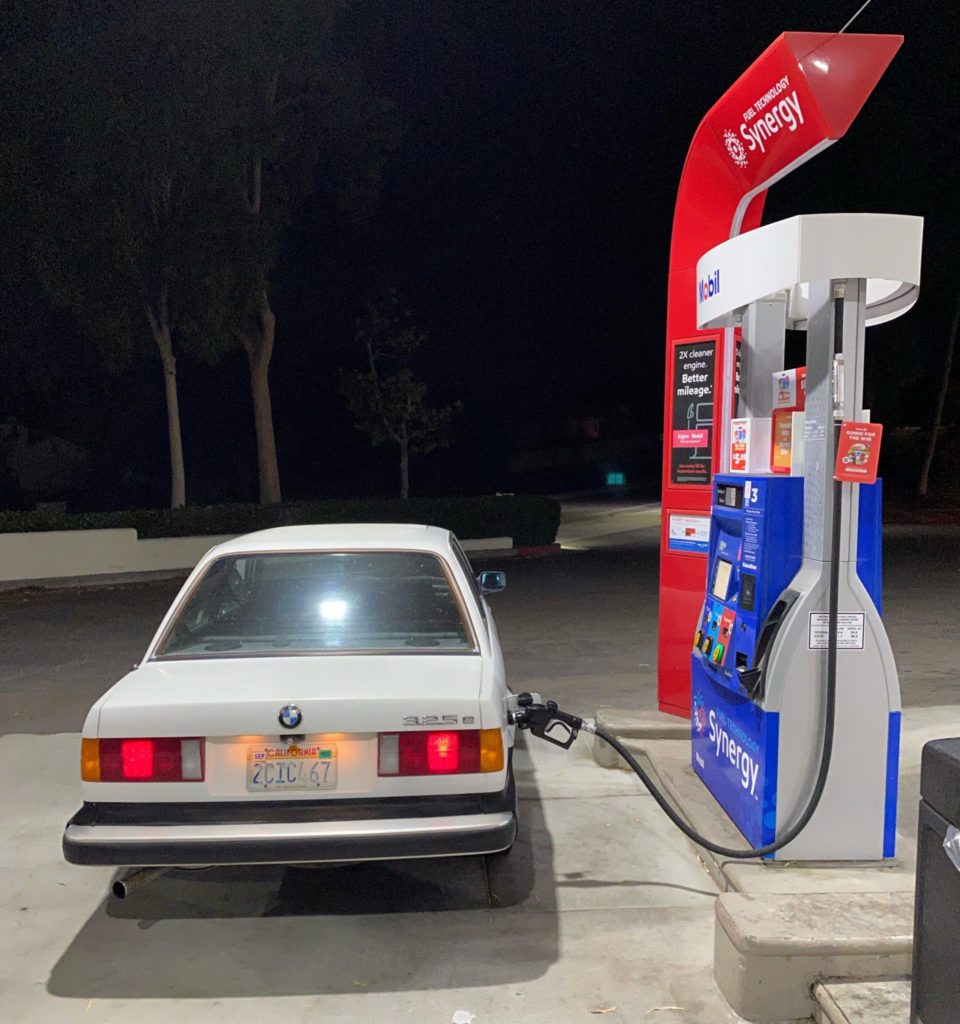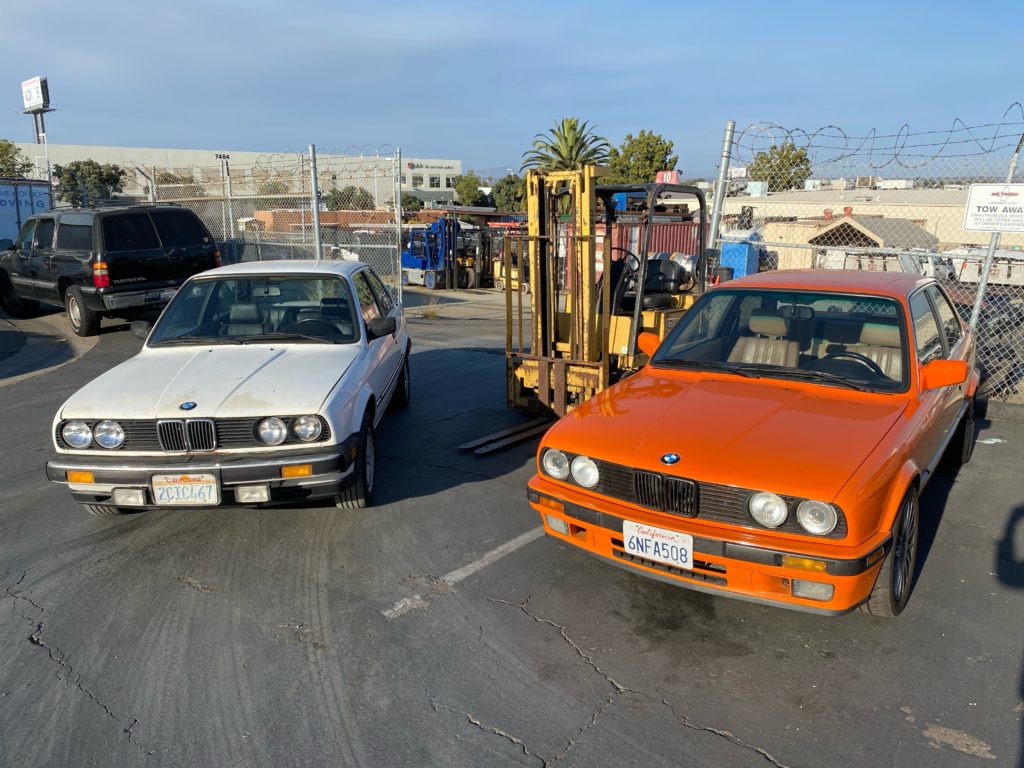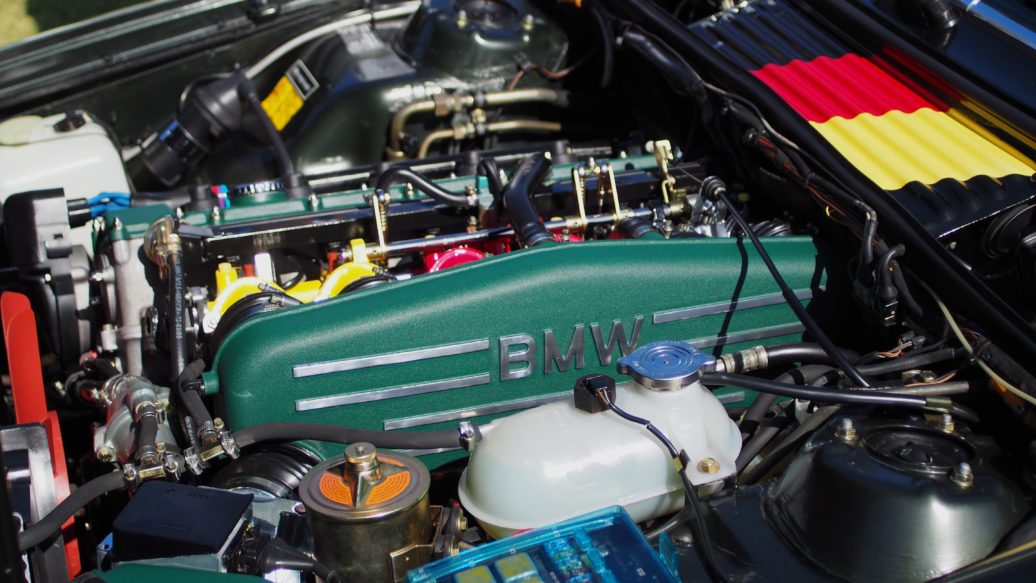Things are only the way the factory made them once, and while that may not be of particular importance to you, it certainly is to some. Personally, it depends on the car in question. If it’s a BMW 507 or Z8 of any variation, originality is of heightened importance, and that 507 needs to have its factory toolkit, and the Z8 should retain its original paint. If it’s a late-model 3 Series lease return, whether or not the bolts have already been turned matters a lot less, as such a car is a lot more sure of its purpose in the world.
My car ownership experience has been much closer to the 3 Series lease return end of the spectrum than that of the exalted 507 and Z8. Nevertheless, being on the obsessive side of the personality spectrum means I’ve needlessly fixated on or been troubled over disturbing the originality of the cars I’ve owned. I’m not talking about wear parts and maintenance items like brakes, tires, timing belts, and the like, but the latest example may come as a surprise.

My E30 325e coupe has north of 300,000 miles, is on its third hood (that I know of), appears to have been repainted long ago, is developing canyons in the dash, may have had its original Pearl Beige interior swapped for black, and is ready for new leather throughout. Somehow, though, when I removed the passenger-side door panel to replace the broken interior door handle, which had fallen into the door itself, I found myself in previously unexplored territory, as the door panel had never been removed before. The vapor barrier that acts as a seal of sorts between where the window is stowed when retracted had never been peeled back before, and I felt as though I was about to do something terrible by pulling on the 36-year-old plastic and adhesive.
I haven’t had to remove the driver’s side door panel of my 325e, but something tells me the vapor barrier on that side was yanked from the sheet metal long ago—and yet, as I was looking for the heat gun to make the process as minimally invasive as possible on the passenger side, I found myself in an irrational state of worry over the E30 and its originality. “It’s not a $60,000 M3,” I told myself. Still though, something about meddling with things that had, up until recently, survived untouched for so long felt no less wrong.
After peeling the vapor barrier away—which didn’t go particularly well, as the material wrinkled in the process—I retrieved the handle and associated broken plastic bits from the interior of the door. Being familiar with the fragility of the plastic interior door handles used in BMWs of this era, I opted for an inexpensive aftermarket replacement with positive reviews on Amazon. Everything installed with ease, including the plastic handle surround which had also broken (of course), but when I went to toss the old handle out, I noticed a date stamp in the moulding. The handle was original to the car, having been produced in 1985 prior to the car’s July assembly date. I’m not sure if it has anything to do with the fact that the handle is older than I am, but it once again gave me pause. This handle had lasted more than three and a half decades, and I’d just replaced it with a $15 aftermarket part.

Cars are meant to be used and driven though, and more often than not, that means replacing things when they break. In a car such as my E30, almost anything that contributes to the car continuing on in a running, driving, and usable state is worthwhile. The car has clearly been through enough that originality hasn’t been relevant in its specific case for a long time, but when I replaced the worn out original speakers with some inexpensive aftermarket items, I still hung onto the factory ones—you know, just in case the next owner might want them. But really, who am I kidding?
In the grand scheme of things, it’s the experiences you have with a given car that matter much more than whether or not the paint is the finish applied by the manufacturer, or if the various fasteners were installed by the factory. Many BMW models are known for their captivating looks, but where they’ve really always shined is their performance coupled with a high degree of everyday usability, and how a spirited drive brings out the best as opposed to the worst—the opposite of so many other cars which crumble before your eyes when pushed anywhere near the limit.

In this regard, it’s clear that more time should be spent maintaining our BMWs so that they can continue to impress as opposed to the driver fretting about nonsense like whether or not body panels or glass panes are original. Then again, my E30’s windshield is old enough to have been made in West Germany, and even though it’s pitted and contains a few larger stone chips, it’s a cool piece of history.
When searching for a car, I tend to seek out the most original and unmodified, as I like to be the first one in there when it comes to dealing with things that break, but for the more obsessive among us, it’s always a double-edged sword. Sometimes it’s better to find the car that’s already got some character, scars, and work done to it by other sets of hands, as it affords the opportunity to improve things from their current state—which can be particularly satisfying.

After all, the ownership experience becomes a lot less fun when you find yourself listening for and trying to identify strange new noises and other things that might feel off as opposed to simply driving and fixing things when they actually break.
On that note, another trip into the innards of the passenger side door of my E30 is in order, as the window regular just recently stopped working after months of making a bad sound when it reached its upper and lower limits. There’s just one problem: My 325e is an early model, which uses, among other things, a different style window regulator than the more common late model cars. The last time I checked, the genuine BMW part retailed for nearly $1,000, or about 70% of the purchase price I paid for the car. There are no aftermarket replacements that I know of, but I read that you can retrofit the newer style window regular design to work, although there’s a bit of drilling involved. Originality be damned.—Alex Tock

That antenna mast is not a genuine BMW or Hirschmann part, which is why I’m not overly concerned with the bend I put in it by accidentally turning the key to the accessory position when the rear of the car was still covered. It cost me less than $20, and I already have a replacement.
[Photos courtesy Alex Tock.]





















